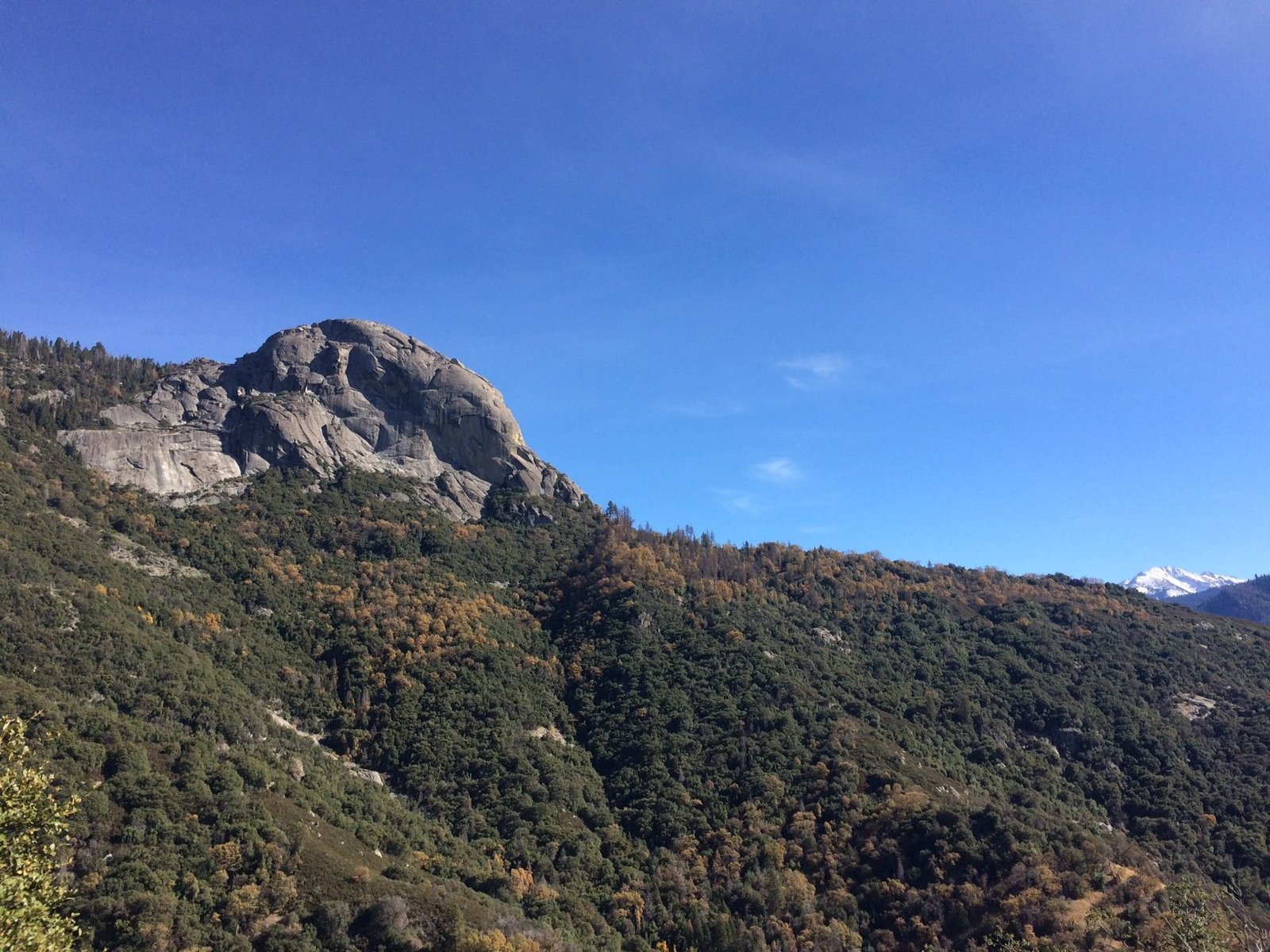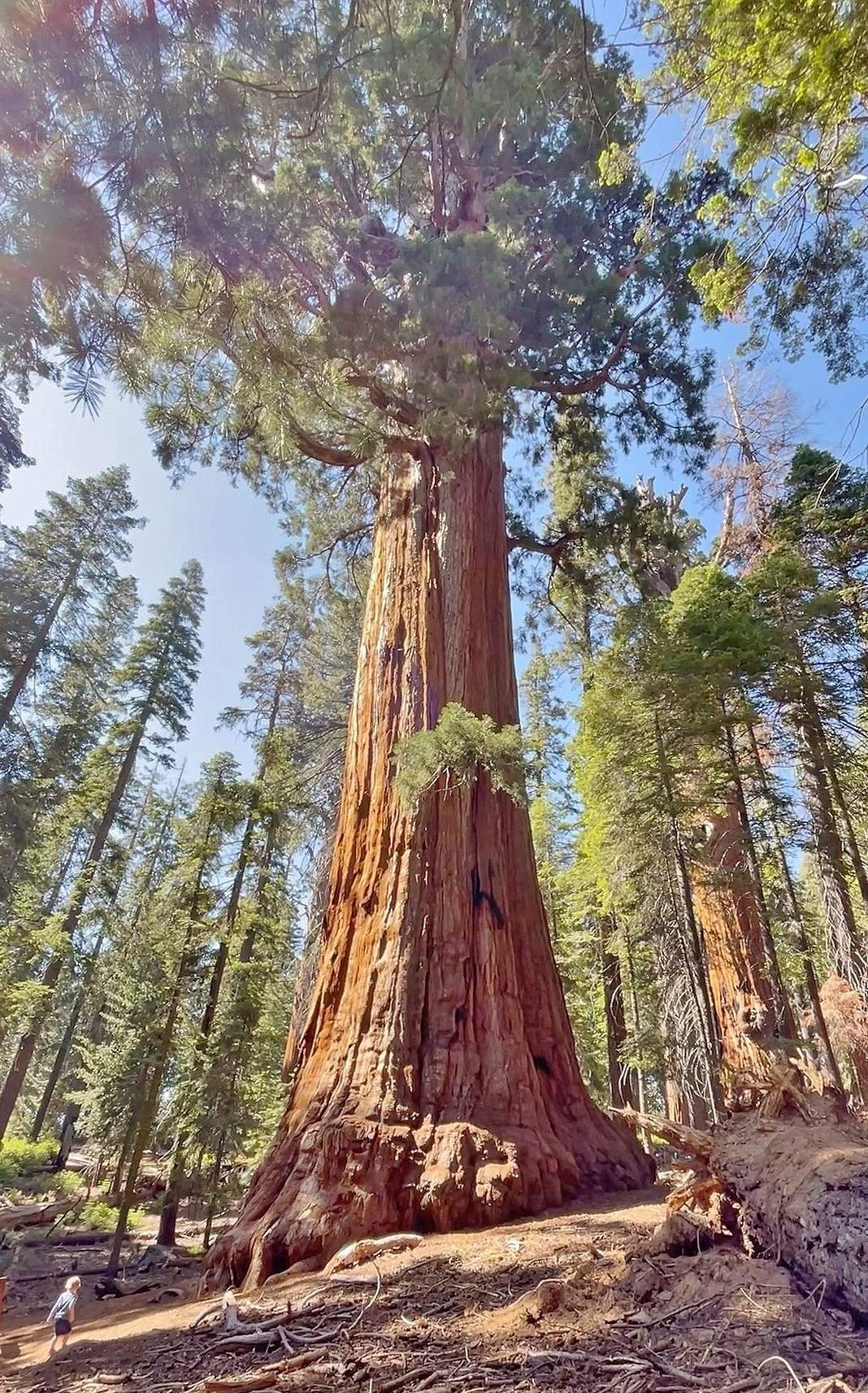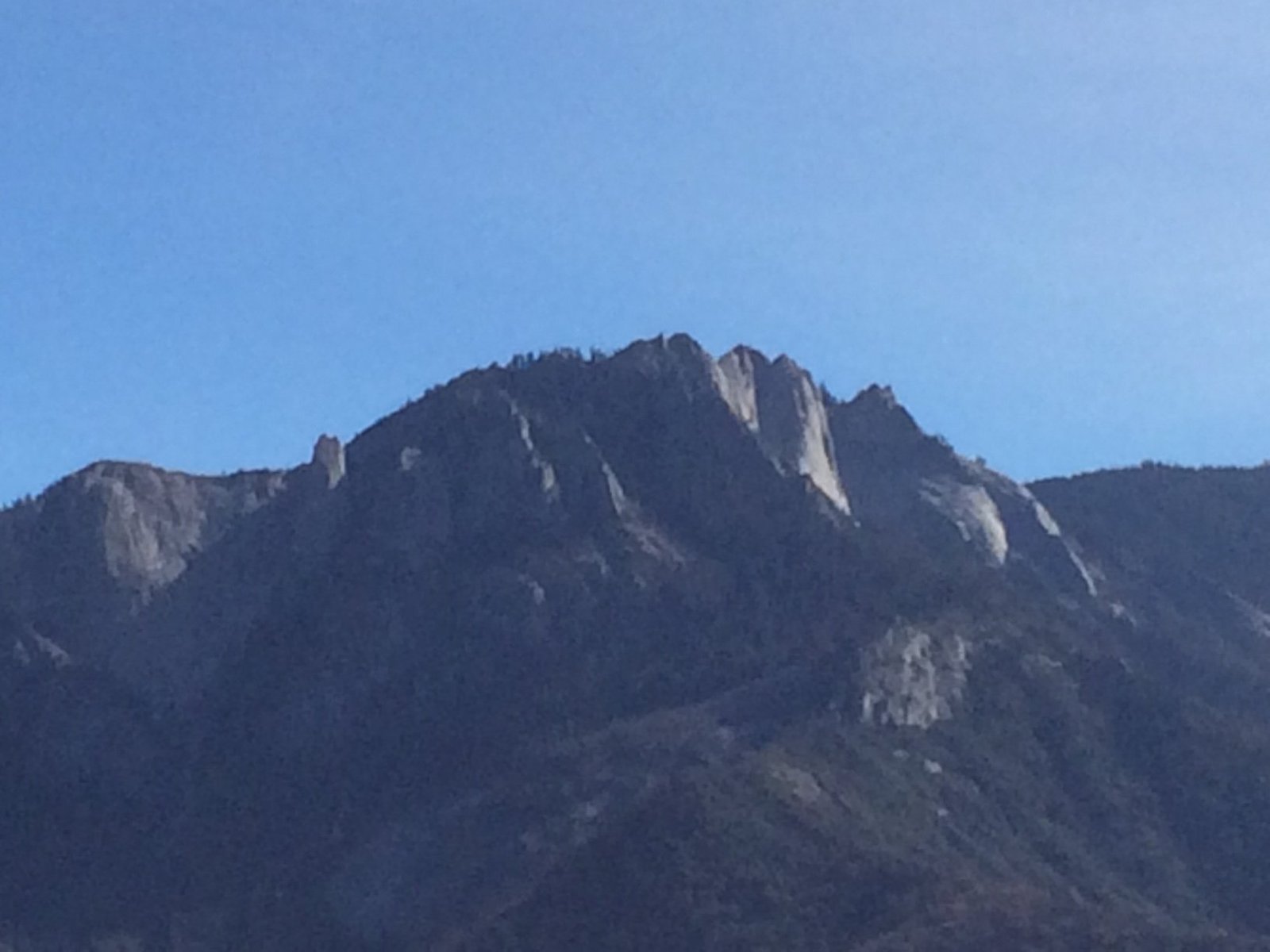Sequoia National Park encompasses multiple biomes, including the Giant Sequoia Forest, Sierra Nevada, and elements of temperate rainforest. The park’s diverse ecosystems span from low-elevation foothills to high-alpine zones, supporting a rich variety of plant and animal life. This unique combination of biomes makes Sequoia National Park a biodiversity hotspot and a living laboratory for ecological studies.
What are the Main Biomes in Sequoia National Park?

Sequoia National Park is home to several distinct biomes, each with its own characteristics:
- Giant Sequoia Forest Biome
- Sierra Nevada Biome
- Temperate Rainforest-like Areas
Let’s explore each of these biomes in detail.
How Does the Giant Sequoia Forest Biome Define Sequoia National Park?

The Giant Sequoia Forest is perhaps the most iconic biome within Sequoia National Park. This biome is characterized by:
- Presence of giant sequoia trees (Sequoiadendron giganteum)
- Diverse understory vegetation
- Unique soil composition that supports these massive trees
Key Features of the Giant Sequoia Forest Biome:
| Feature | Description |
|---|---|
| Dominant Species | Giant Sequoia (Sequoiadendron giganteum) |
| Age of Trees | Up to 3,000 years old |
| Height | Up to 311 feet (94.8 meters) |
| Diameter | Up to 36 feet (11 meters) at base |
| Ecosystem Role | Keystone species, providing habitat for numerous other organisms |
The Giant Forest area of the park is home to five of the ten largest trees in the world, including the General Sherman Tree, which is the largest tree by volume globally.
What Characterizes the Sierra Nevada Biome in Sequoia National Park?
The Sierra Nevada biome within Sequoia National Park is defined by its diverse elevation range and varied ecosystems. Key characteristics include:
- Elevation range from 1,370 feet (418 meters) to 14,494 feet (4,418 meters)
- Diverse plant communities adapted to different elevations
- Varied wildlife populations across elevation zones
Sierra Nevada Biome Elevation Zones:
- Foothill Zone (1,500 – 5,000 feet)
- Montane Forest Zone (5,000 – 8,000 feet)
- Subalpine Zone (8,000 – 11,000 feet)
- Alpine Zone (above 11,000 feet)
Each of these zones supports unique plant and animal communities adapted to specific environmental conditions.
How Do Temperate Rainforest Characteristics Manifest in Sequoia National Park?
While Sequoia National Park is not classified as a temperate rainforest, certain areas within the park exhibit characteristics similar to this biome:
- High annual precipitation, particularly at higher elevations
- Dense forest canopy in some areas
- Rich understory vegetation
These temperate rainforest-like areas are typically found in the park’s mid-elevation zones, where moisture from the Pacific Ocean is trapped by the Sierra Nevada mountains.
What Biodiversity Exists Across Sequoia National Park’s Biomes?
Sequoia National Park’s diverse biomes support an impressive array of plant and animal life:
- Over 1,200 species of vascular plants
- More than 300 species of vertebrate animals
- Numerous invertebrate species, including many endemic to the park
Notable Species in Sequoia National Park:
- Plants: Giant sequoia, sugar pine, white fir, incense cedar
- Mammals: Black bear, mule deer, mountain lion, Sierra Nevada bighorn sheep
- Birds: Great gray owl, northern goshawk, peregrine falcon
- Amphibians: Mount Lyell salamander, Yosemite toad
How Do Climate and Elevation Influence Sequoia National Park’s Biomes?
The biomes within Sequoia National Park are heavily influenced by climate and elevation:
-
Climate Variation: The park experiences a Mediterranean climate with dry summers and wet winters. However, microclimates vary significantly based on elevation and topography.
-
Elevation Gradient: The park’s dramatic elevation range creates distinct life zones, each supporting unique plant and animal communities.
-
Precipitation Patterns: Annual precipitation varies from about 26 inches (660 mm) in the foothills to over 60 inches (1,520 mm) at higher elevations, primarily as snow.
What Conservation Efforts Protect Sequoia National Park’s Biomes?
Sequoia National Park employs various conservation strategies to protect its diverse biomes:
- Fire management programs to maintain ecosystem health
- Invasive species control
- Wildlife corridor preservation
- Climate change adaptation planning
These efforts aim to preserve the park’s unique ecosystems for future generations and maintain the delicate balance of its diverse biomes.
How Can Visitors Experience Sequoia National Park’s Different Biomes?
Visitors to Sequoia National Park can explore its various biomes through:
- Hiking trails that traverse different elevation zones
- Scenic drives offering views of changing landscapes
- Ranger-led programs focusing on specific ecosystems
- Campgrounds located in different biomes
Popular Trails for Experiencing Park Biomes:
- Congress Trail (Giant Sequoia Forest)
- Moro Rock Trail (Sierra Nevada mixed conifer forest)
- Lakes Trail (Subalpine and alpine zones)
- Marble Falls Trail (Foothill chaparral and oak woodland)
By exploring these diverse areas, visitors can gain a comprehensive understanding of the complex biomes that make up Sequoia National Park.
References:
1. National Park Service – Sequoia & Kings Canyon
2. UNESCO World Heritage Centre – Sequoia and Kings Canyon National Parks
3. USGS – Sequoia and Kings Canyon National Parks Vegetation Mapping Project

